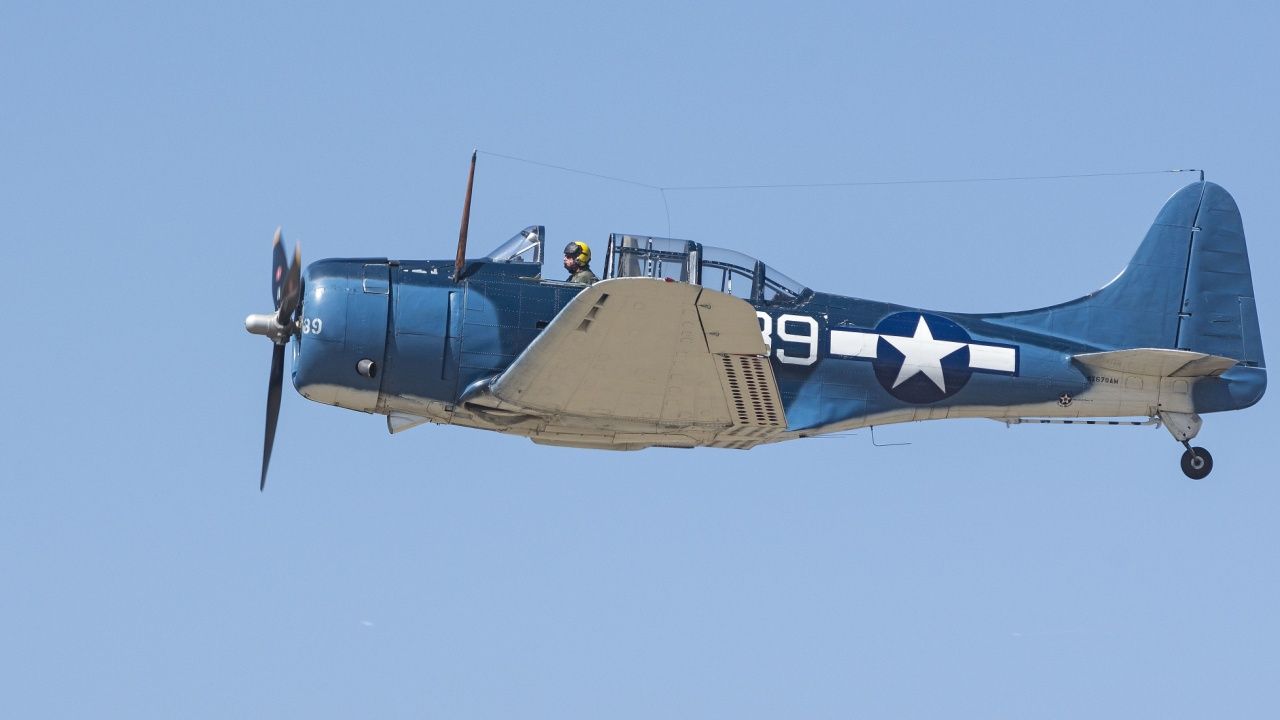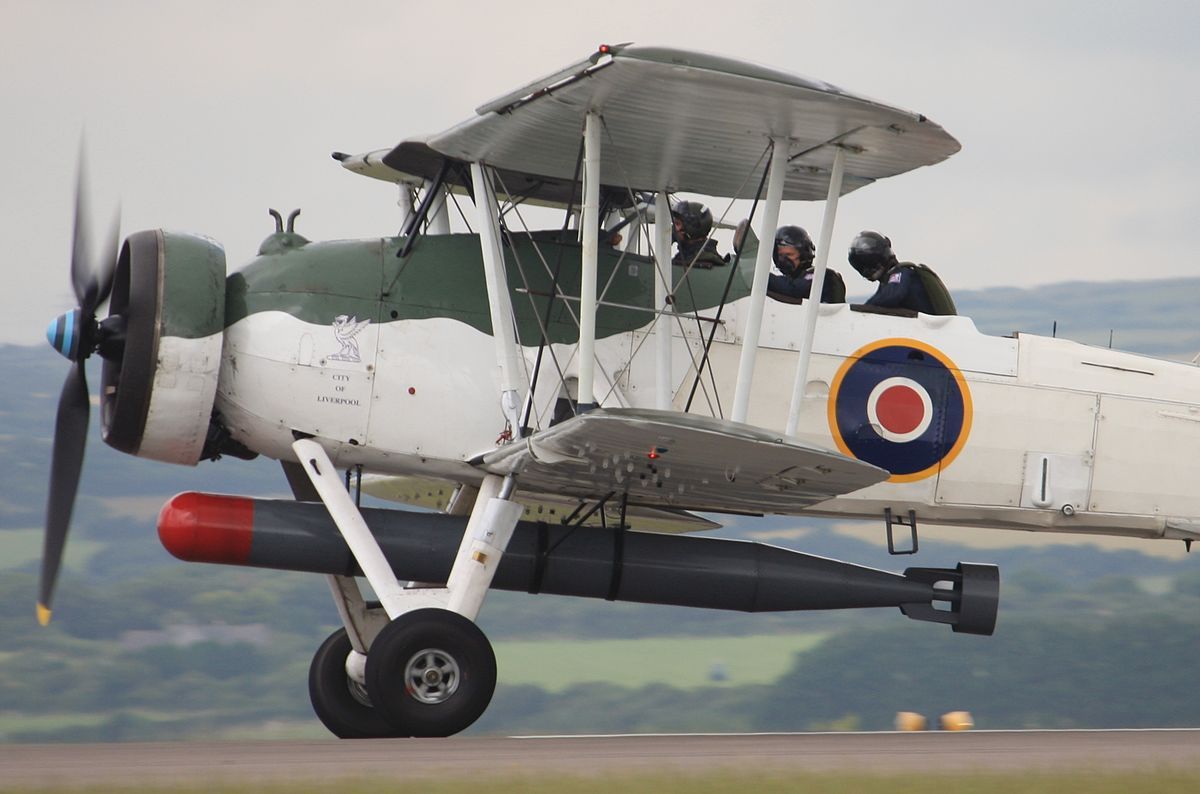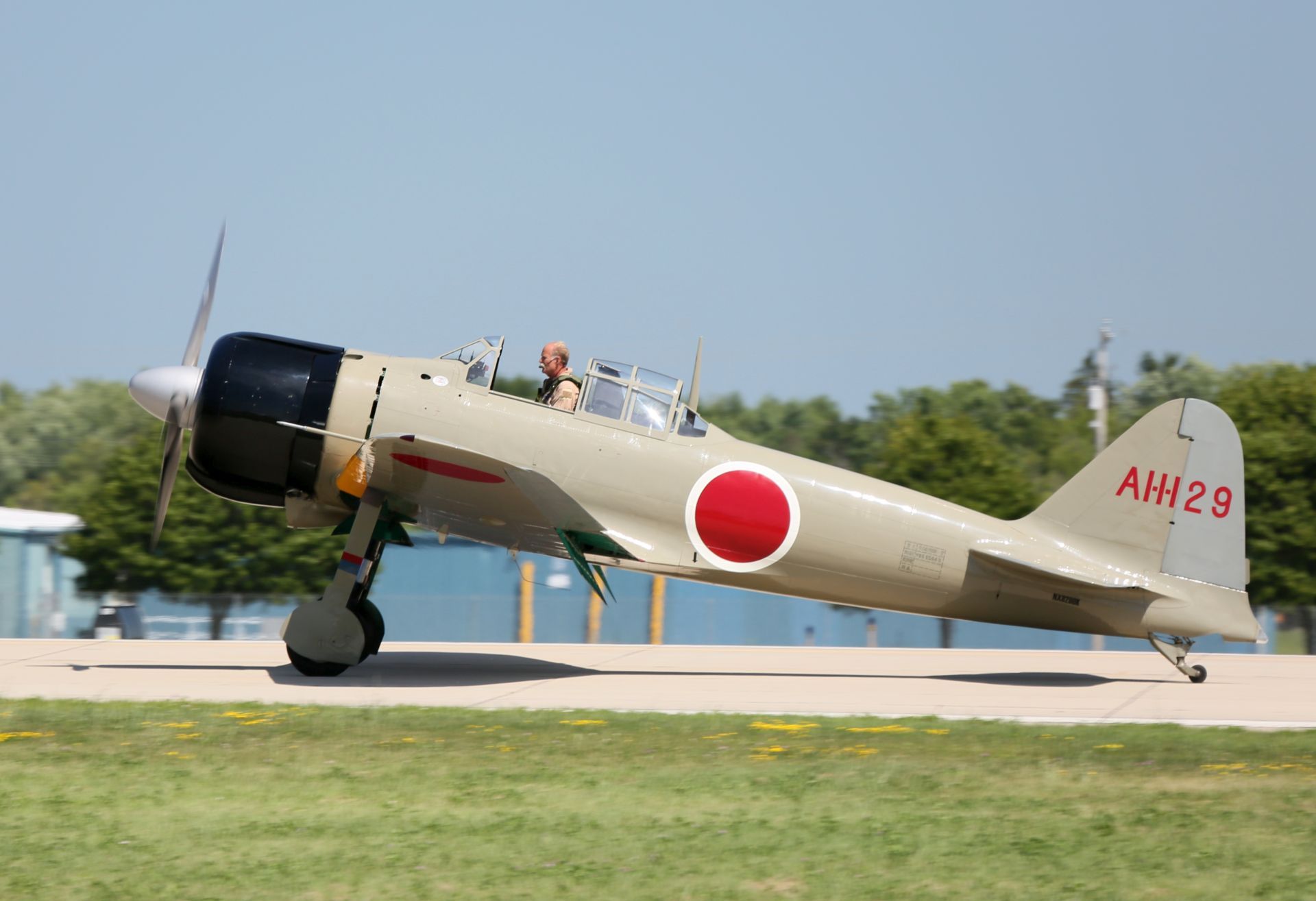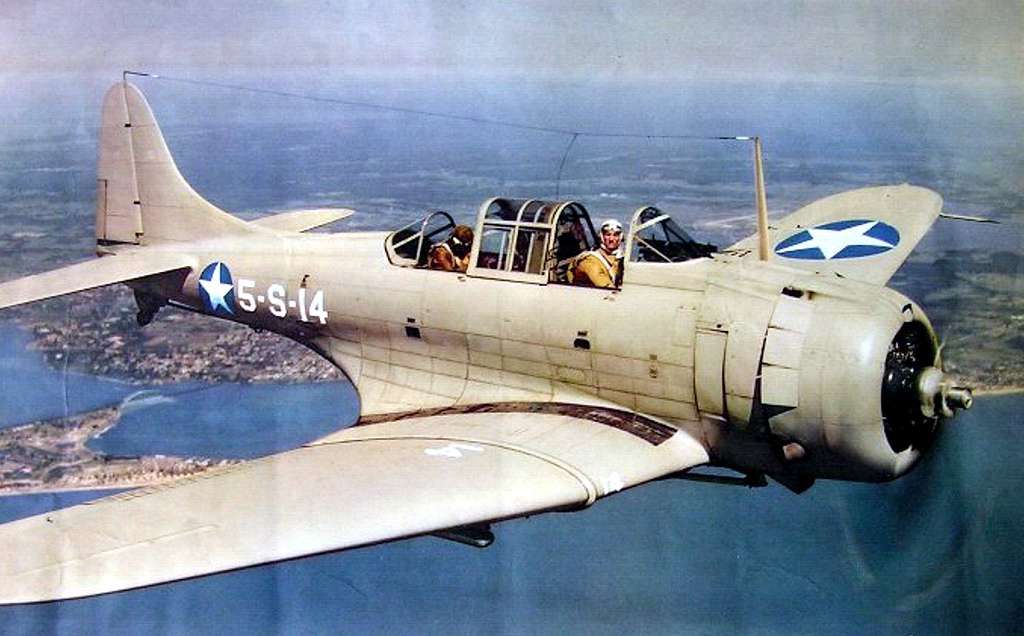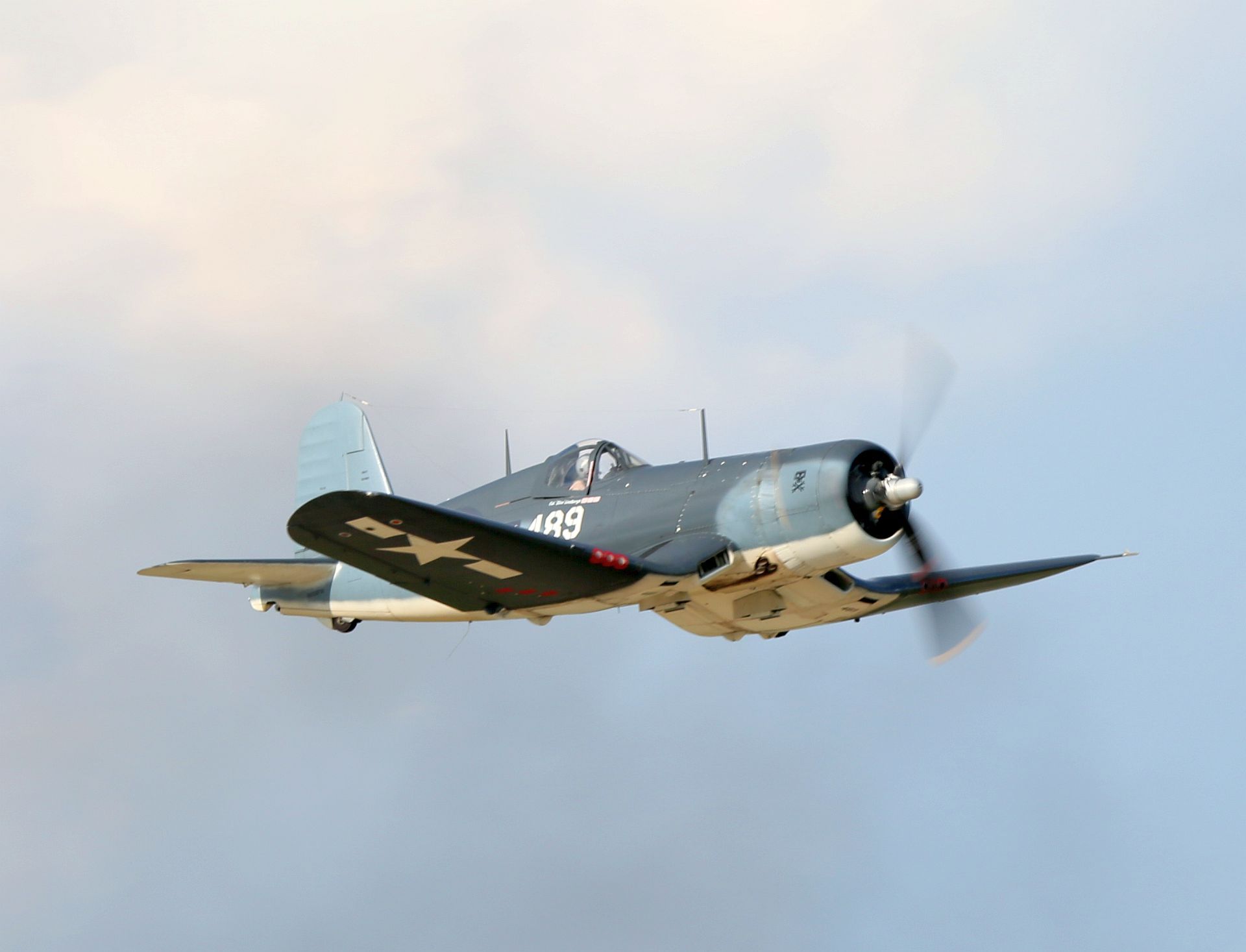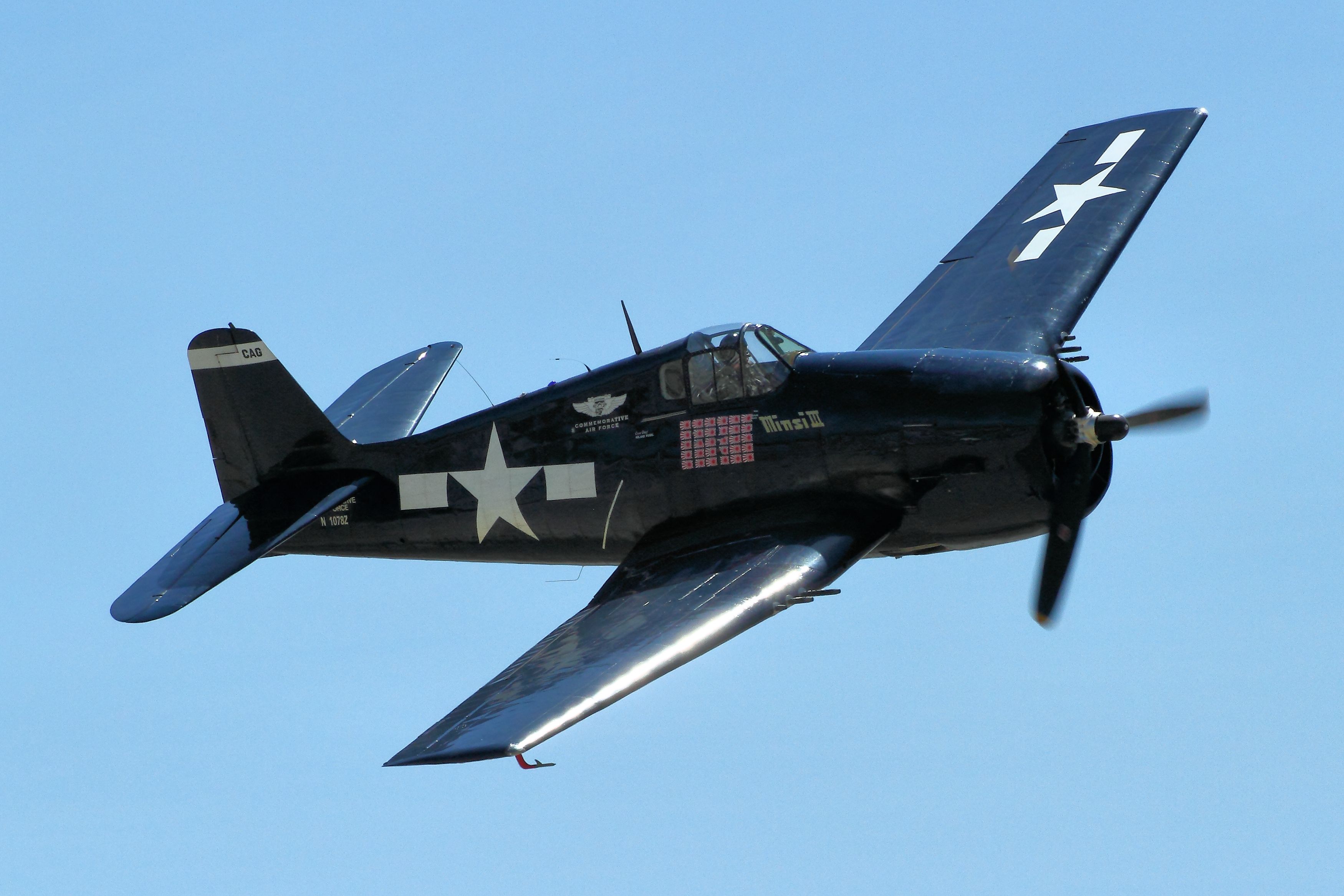Summary
- The Fairey Swordfish biplane was crucial in various WWII battles, sinking ships and damaging the Italian fleet at Taranto.
- The Mitsubishi A6M "Zero" was an effective carrier-based fighter at the beginning of the war but became obsolete as the war progressed.
- The Douglas SBD Dauntless dive bomber significantly contributed to sinking six Japanese aircraft carriers and was paramount in turning the Pacific War.
The Royal Navy, US Navy, and Imperial Japanese Navy were the three principal navies of World War Two that operated aircraft carriers and, thereby, aircraft carrier-based aircraft. While the Royal Navy did fight the Imperial Japanese Navy in the Indian and Pacific Oceans, it was primarily focused on fighting the Germans and Italians in the Mediterranean Sea and the North Atlantic (a fascinating conflict overshadowed by the Pacific War). Many of the historic warbirds of World War Two are still flown by hobbyists today.
5 Fairey Swordfish
While dated, the Fairey Swordfish saw great success attacking the Bismarck, the Italian fleet at Taranto, and sinking Axis shipping.
|
Type: |
Torpedo Bomber |
|---|---|
|
First flight: |
April 1934 |
|
Number produced: |
Approx. 2,400 |
|
Navy: |
Royal Navy |
Despite being a biplane, the Fairey Swordfish distinguished itself in the Fleet Air Arm of the Royal Navy's service in the North Atlantic and the Mediterranean. These slow and simple biplanes played an essential role in disabling the German battleship, the Bismarck. Later, in the Raid on Taranto, they disabled half of the Italian battleships (an event that helped inspire the Japanese to attack Pearl Harbor a year later).
As the war progressed, the Fairey Swordfish were used increasingly as anti-submarine and training platforms. Before the Americans and Japanese entered the war, it can be argued that the Fairey Swordfish were the most distinguished and successful carrier-based fighter. They remained on the frontline throughout the war and sank more Axis tonnage than any other Allied aircraft during the war.
4 Mitsubishi A6M "Zero"
The "Zero" was a formidable carrier-based fighter early in the war, taking part in the Raid on Pearl Harbor and the Battle of Midway.
|
Type: |
Long-Range Fighter |
|---|---|
|
First Flight: |
April 1939 |
|
Number Produced: |
Approx. 11,000 |
|
Navy: |
Imperial Japanese Navy |
The Japanese Mitsubishi A6M "Zero" is perhaps rivaled only by the Messerschmitt Bf. 106 as an Axis fighter household name. The Zeros became famous (or infamous) in the Raid on Pearl Harbor and subsequent Pacific battles. Mitsubishi's Zero was a long-range carrier-based fighter and considered one of the most capable in its class when it first entered service in 1940.
The Zero combined excellent maneuverability with a very long range and was an excellent dogfighter. However, as the war progressed, the Americans learned to exploit its weaknesses and developed ever more powerful and capable fighters of their own. By the end of the war, the Zero was approaching obsolescence. By the war's end, the Zero was Japan's most-produced aircraft.
3 Douglas SBD Dauntless
The Douglas dive bomber sank 6 Japanese aircraft carriers along with many other Imperial vessels.
|
Type: |
Naval Scout & Dive Bomber |
|---|---|
|
First Flight: |
May 1940 |
|
Number Produced: |
Approx. 6,000 |
|
Navy: |
US Navy / US Marine Corps |
The Douglas SBD Dauntless distinguished itself in the early Pacific War. It was the US Navy's primary scout plane and dive bomber until mid-1944. The high point of the Dauntless' glory came in the 1941 Battle of Midway when it was responsible for scoring all the hits that sunk the four Japanese aircraft carriers - effectively ending the Imperial Japanese expansion across the Pacific.
The Douglas SBD Dauntless dive bombers wrought devastating blows on the Japanese Imperial Navy in the first two years of the Pacific War. They were responsible for sinking six Japanese aircraft carriers: the Shōhō (and damaging Shōkaku) at the Battle of the Coral Sea, the Akagi, Kaga, Sōryū, and Hiryū at Midway, and the Ryūjō in the Guadalcanal campaign. In addition, they sank many other Japanese surface ships and submarines.
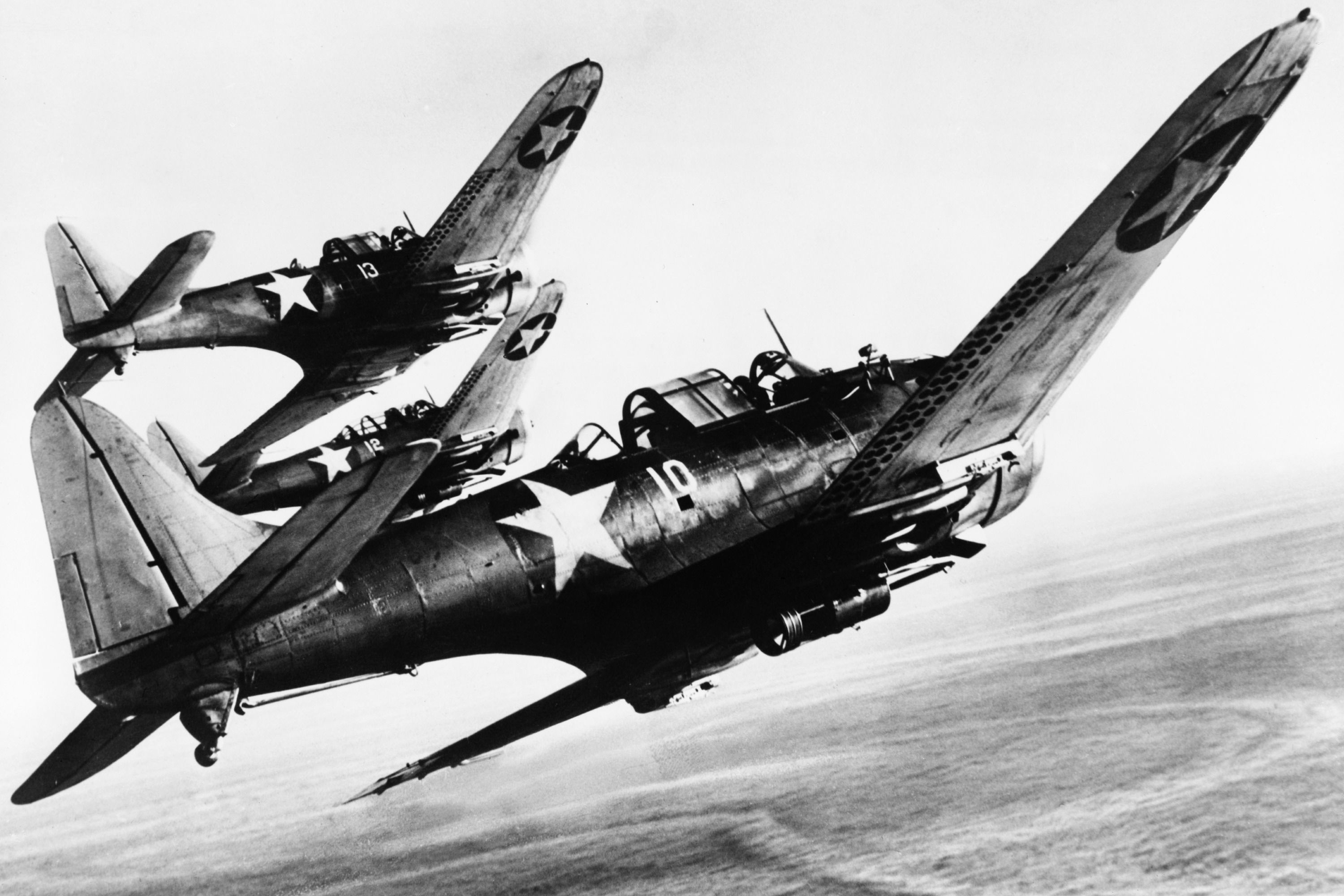
History: The Dive Bomber Aircraft Of The Second World War
Nearly 50 versions of these planes were developed over nine years.2 Vought F4U Corsair
The Corsair was a formidable fighter with a claimed kill ratio of 11:1.
|
Type: |
Fighter |
|---|---|
|
First Flight: |
May 1940 |
|
Number Produced: |
Approx. 12,500 |
|
Navy: |
US Navy/ US Marine Corps / Royal Navy / Others |
As the Pacific War progressed, the Americans adopted the more powerful Vought F4U Corsair. The Corsair flew in great numbers with the US Navy during the later war (late 1944 and early 1945). It is known as one of the most formidable American fighters of the entire war, eclipsing the Grumman F6F Hellcat. According to the National Air and Space Museum, it had amassed an 11:1 kill ratio against enemy aircraft by the war's end.
The Royal New Zealand Air Force operated over 400 Corsairs during the war, while the Royal Navy operated over 2,000. It continued after World War II and saw combat in post-war conflicts like the Korean War and the Suez Crisis, as well as in French colonial wars in Algeria and Indochina (now primarily Vietnam). The last Corsair was delivered in 1953 to the French.
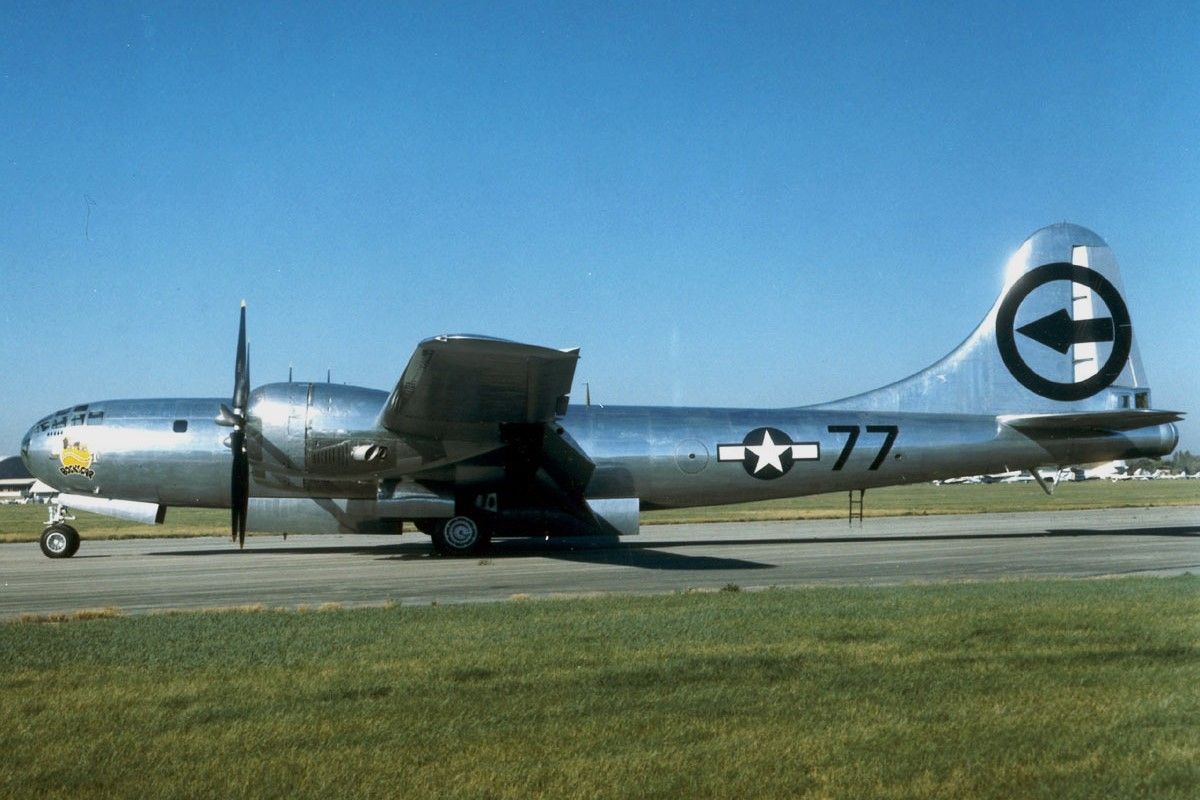
What You Need To Know About The B-29 Superfortress Bomber
A guide and history into the Boeing B-29 Superfortress.1 Grumman F6F Hellcat
The Hellcat is credited with more aerial kills than any other Allied aircraft in the Pacific War.
|
Type |
Fighter |
|---|---|
|
Fight Flight: |
June 1942 |
|
Number Built: |
Over 12,000 |
|
Navy: |
US Navy/ US Marine Corps / Royal Navy / Others |
The Grumman F6F Hellcat was another exemplary American carrier-based fighter. It was introduced to replace the F4F Wildcat and became the US Navy's dominant fighter in the second half of the Pacific War. While the Corsair came to be a superb fighter, it was plagued with initial problems. Before the Corsair could work out its problems, the Hellcat prevailed over the Corsair.
The Hellcat was seen as a rugged and well-built carrier fighter able to outmatch the Japanese Zero. It helped the US Navy establish air superiority over the Pacific. According to the National Naval Aviation Museum, the Hellcat achieved an exceptional 19:1 kill ratio. Claims suggest the Hellcat downed 5,156 enemy aircraft over two years, accounting for 75% of the Navy's aerial victories.

